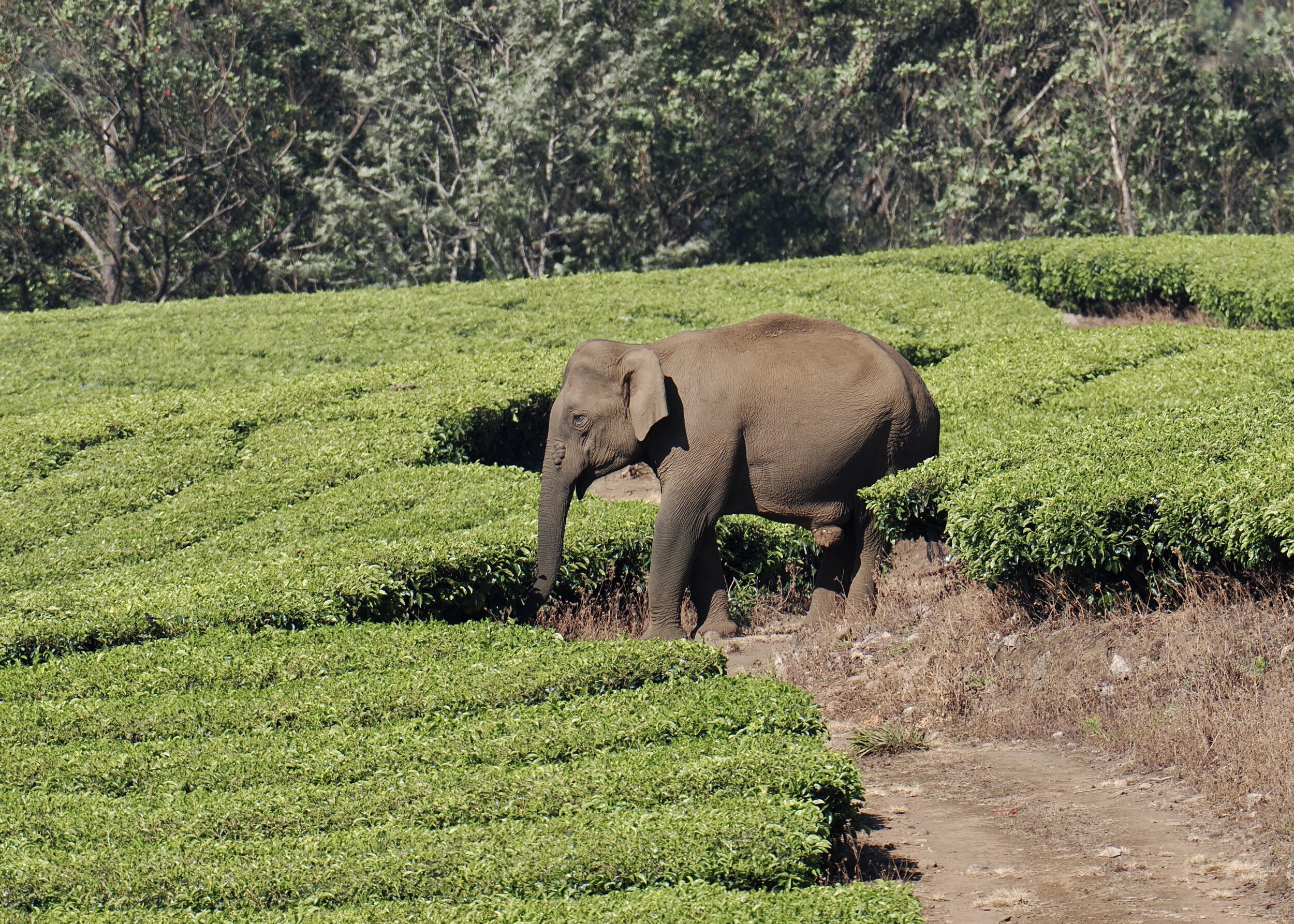On our recent travels in south India we saw wild Asian/Asiatic elephants many times.
As you can see, such encounters with Elephas maximus do not only occur inside national parks and other “reserves”!
Asia’s largest terrestrial mammal is currently found in thirteen Asian nations, but the total population is dwindling, and the species’ conservation status is “endangered”.
India is home to rather more than half of the estimated global population of circa fifty thousand.
In recent years elephants have killed considerably more Indian humans than have tigers.
According to one report – which you can read, here – in the 2021-2022 statistical year elephants claimed 533 Indian human lives.
Unsurprisingly, I have not seen anything which even remotely resembles a credible estimation of how many elephant lives were claimed by humans.
The aforementioned report suggests that in the 2020-21 statistical year circa 100 elephant deaths were recorded as having been caused by one of the following four: trains, electrocution, poaching, poisoning.
“Managing” conflict between wild animals and humans – most especially, with genuine intent to improve both humans’ and animals’ safety/wellbeing/prospects – is one of India’s most pressing, most difficult/complex issues/challenges.
Click here for a lucid, succinct overview of that challenge, elephant-wise.
The photo is copyright Doug Spencer, taken in Kerala’s “tea country” at 9.15 am on 25 February 2023.
Our location was a few kilometres from Munnar, and very near to south India’s highest peak.
We had been advised that although it was highly unlikely we would see any elephants there, we ought keep our eyes open, as wild elephants did sometimes walk through tea plantations.
As it happened, on that day we saw several elephants doing so, on two separate occasions!
Elephants will, of course, have their own multi-image post, soon.
If you have ever wondered how adult elephants would handle “child safety” issues when crossing roads….
